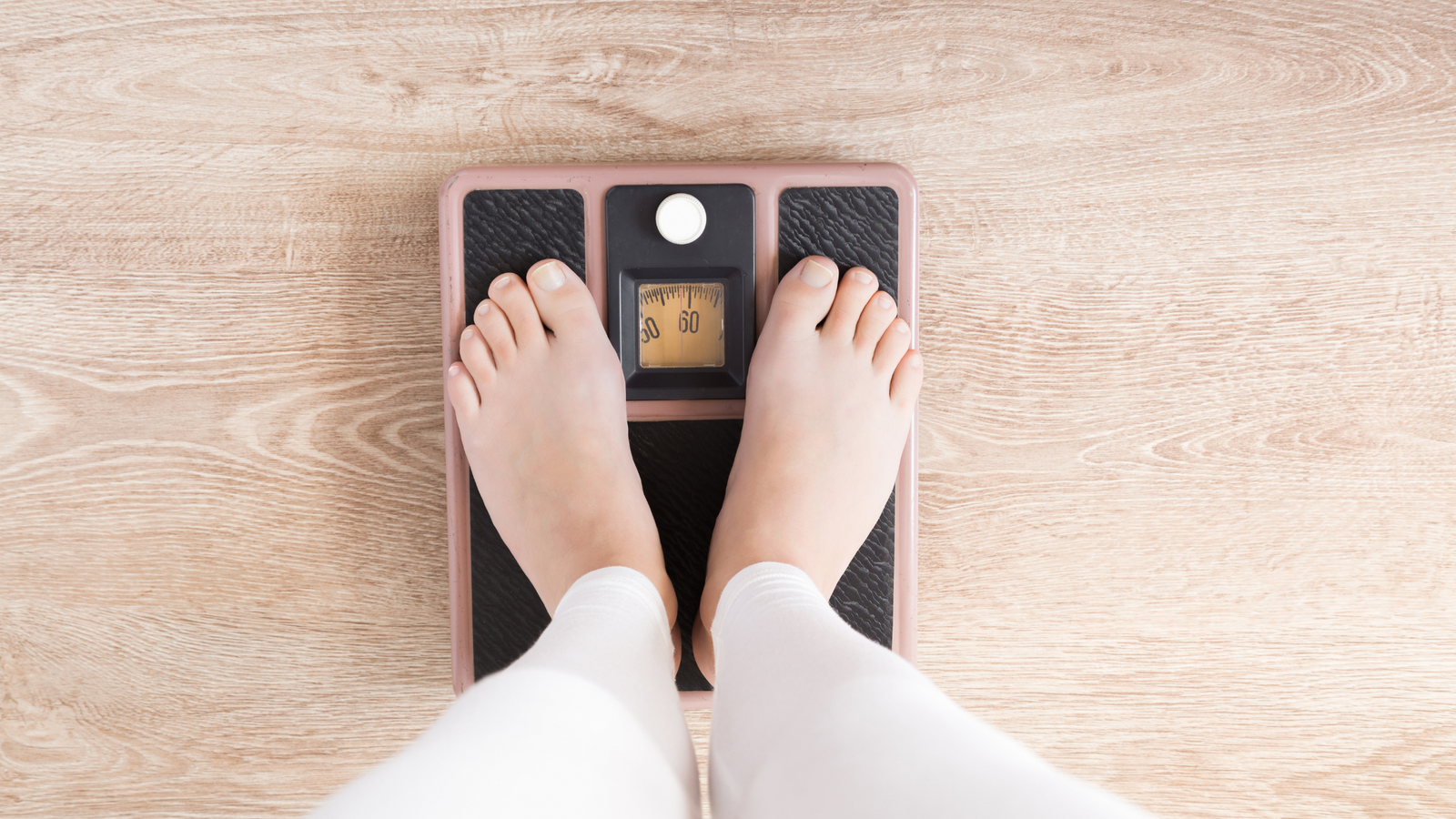Watching the numbers on the scale go down is exciting, but have you ever wondered where the weight actually goes? Everyone seems to want to lose a little extra fluff whenever they can, but few of us know how the process of weight loss truly works. In this article we’ll explore how nose breathing can lead to increased weight loss during rest and improved physical performance during exercise.
Where Does Fat Go Once It’s Lost?
Instead of thinking of fat as a pesky material, you have to think of it as stored energy and fuel for the body. Molecules of fat consist of oxygen, carbon, and hydrogen. The oxygen you breathe reaches your fat molecules and eventually breaks them down into just water and carbon dioxide. Your blood then takes the carbon dioxide down to your lungs, where it can be exhaled as waste. We literally exhale our fat! To make a long story short, the more oxygen that your body is using, the more fat you will burn.
So how can we train our bodies to use more oxygen? Well, as it turns out, nasal breathing is more effective at getting oxygen into the body than mouth breathing. That’s why it’s more efficient to breathe in and out through your nose when exercising in comparison to the mouth. An average person at an average weight who eats a mixed diet will exhale seven ounces of carbon dioxide in a day. If you exercise for one hour per day, the rate at which you exhale carbon dioxide, or metabolize fat, will increase by around twenty percent. That said, excess food and calories can diminish the loss of fat through the breath.
Nasal Breathing vs. Mouth Breathing
The learning here is that the more we breathe through our nose, the more optimal our body will perform. Plus, mouth breathing can actually be dangerous! Mouth breathing not only damages your chances of getting quality shut-eye at night - it’s also associated with high-stress levels, obesity, and sleep apnea. When you mouth breathe at night or during the day, you simply aren’t absorbing enough oxygen. Poor heart health, high blood pressure, or even dementia can all be tied back to this issue.
When you breathe through the nose instead, oxygen supply increases across the body by ten to twenty percent more than during mouth breathing. The difference isn’t in how much oxygen you're inhaling - nose breathing actually inhales less oxygen per breath than mouth breathing - but there’s a significant difference in how much oxygen you’re actually absorbing. This means that nose breathing while walking, working, or even just watching television will increase the rate at which you burn fat, when compared to mouth breathing.
Your nostrils can even help keep you from getting sick. They remove germs and bacteria from the air while also adding humidity to your breath so that your airways stay moisturized. Nitric oxide, which is produced in the body during nasal breathing, helps to dilate blood vessels and improve blood flow. Nasal breathing during exercise helps you to work out longer without fatigue and get more oxygen to the muscles and organs. Research also shows that leptin, a hormone that regulates body weight and hunger, may help people sleep better when it enters the body through the nose. An experiment with mice showed that when leptin is delivered through the nose, it helped to ease breathing problems with more success in comparison to other delivery methods.
Mouth breathing also increases your risk of bloating. Swallowed air causes upper intestinal gas and bloating because your digestive tract wasn’t designed to be filled with air. Mouth breathing boosts your chances of swallowing air, leading to the dreaded bloat. Luckily, there are some nasal breathing exercises for weight loss and reduced bloating that can help you achieve consistent success.
Nasal Breathing While Working Out
As we know, breathing through the nose helps your body deliver and process oxygen, which in turn becomes carbon dioxide (or expelled fat.) The better your body can metabolize oxygen, the stronger your performance will be, and theoretically, the more weight you will lose. Proper nose breathing during a workout can help to provide the oxygen you need when doing something particularly intense. That way, you don’t overexert yourself.
So how can you begin to incorporate nasal breathing into your routine? Focus on learning some nasal breathing exercises for weight loss. Start by focusing on nasal breathing when warming up for a workout or cooling down. Then, begin to incorporate nasal breathing into your workouts for brief periods of time. Work your way up to nasal breathing for the entirety of your workout. The powerhouse of the breath should come from the diaphragm, which is located right below the chest. Focus on filling this area with breath rather than your chest. Your chest and shoulders should remain still while breathing during a workout if possible, and the stomach should expand and contract with each breath instead. This diaphragmatic breathing helps you breathe deeply enough so that you can activate the core and make sure that the right amount of oxygen is delivered to the muscles. Breathing through the nose and diaphragm prevents fatigue and cramps.
The type of nasal breathing you do also depends on the kind of workout you’re completing. During strength training, focus on nasal breathing in time with your lifts. You want to exhale when doing your hardest work, so you should exhale on the lift and inhale as you return to your starting position. This engages your core during the most difficult part of the lift.
If you’re doing cardio such as running, it’s better to keep a consistent and rhythmic pattern to the breath. This could mean breathing in or out for every three or four steps you take. Training your body to breathe slower during cardio will eventually improve performance. That said, be careful not to completely starve your body of oxygen as this can lead to lightheadedness or even fainting. The goal is to train your body to become more comfortable with higher levels of CO2 during exercise. Start by timing your breathing with your steps or by counting in your head. If you’re still having trouble keeping your lips zipped while working out, you might want to pop some mouth tape in your gym bag for next time.
How to use mouth tape for a more healthful lifestyle
As we’ve seen, nose breathing is superior to mouth breathing when it comes to nearly every aspect of our health. Weight loss and physical performance are no exception.
Nasal breathing is key for an effective workout, and it can help keep you from overexerting yourself or becoming fatigued. But sometimes even with a laser focus on your breath, you’re bound to mouth breathe from time to time. That’s where mouth strips come in. Train with mouth tape to continue nasal breathing without the added stress.
While resting, nose breathing significantly improves the rate at which your body burns fat. Especially while sleeping! Imagine you could be burning fat while you sleep by exclusively nose breathing. SomniFix Strips not only make that possible, they make it easy! You can also wear them at night for improved sleep, increasing fat burn, and countless other benefits. Start taping your way to weight loss!






